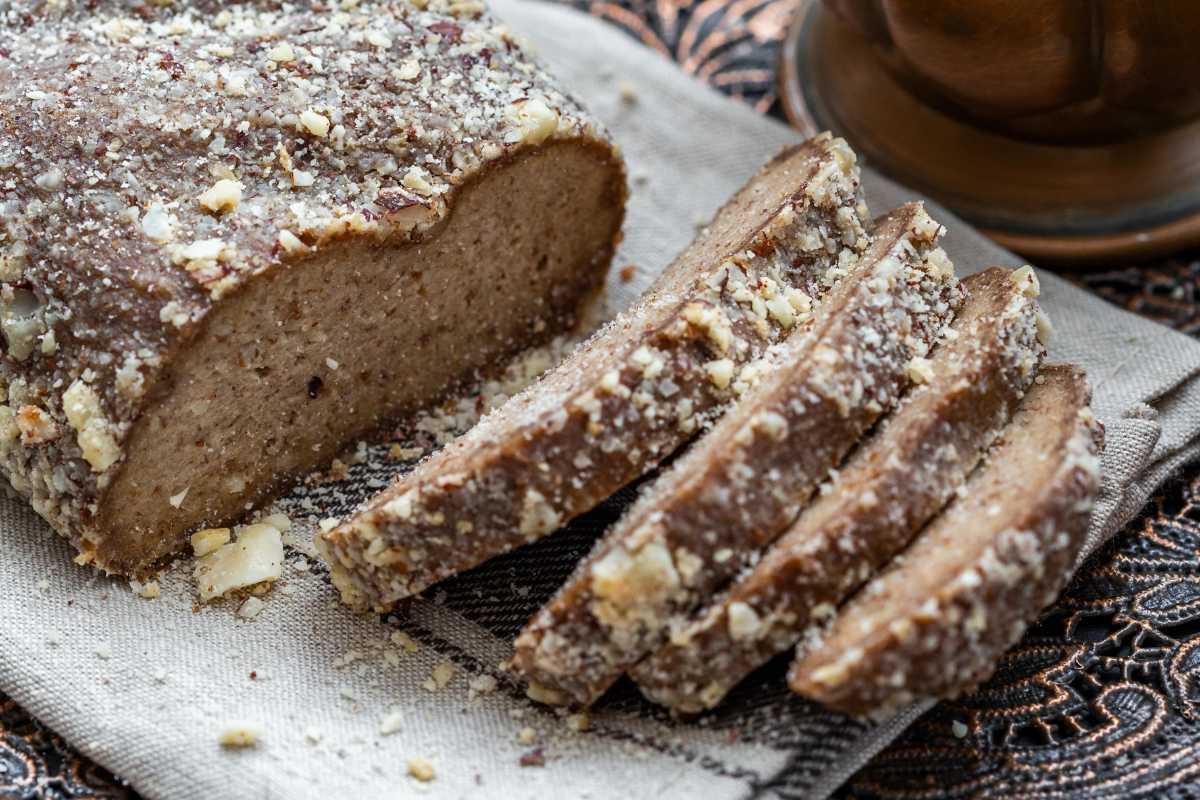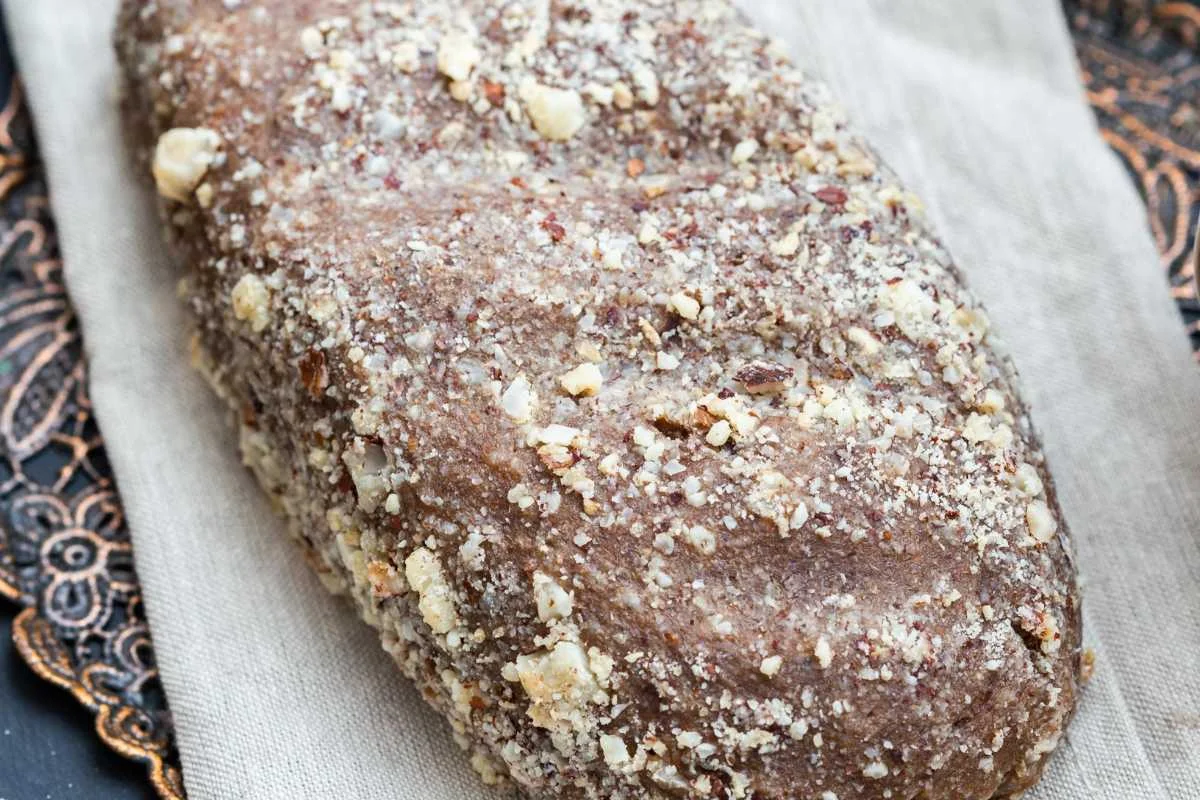Introduction to the Article
Unlock the secrets to a perfectly seasoned meatloaf with our ultimate guide on the meatloaf seasoning recipe. In this comprehensive article, we’ll walk you through everything you need to know to elevate your meatloaf from mundane to magnificent. From the best blends of spices to tips for mixing and storage, prepare to transform your cooking with flavors that make your meatloaf a family favorite. So, let’s dive into the world of spices and see how a little seasoning can go a long way!
Introduction to Meatloaf Seasoning
A great meatloaf seasoning recipe can be the difference between a standard dinner and a spectacular one. Understanding the impact of each spice can help you craft a mix that perfectly complements your meatloaf, turning an ordinary meal into a delightful culinary experience.

Ingredients and Their Roles
Each ingredient in a meatloaf seasoning mix isn’t just a spice; it’s a building block of flavor. Here’s how each contributes:
- Onion powder brings a sharp, slightly sweet depth that enhances the meat’s natural flavors without the need for chopping fresh onions.
- Garlic powder offers a robust, earthy taste that infuses the meatloaf with a warm, aromatic essence.
- Dried parsley flakes add a touch of green, herbal brightness, balancing the richer flavors with its freshness.
- Paprika not only imparts a smoky undertone but also gives the loaf a pleasing golden color.
- Black pepper and kosher salt are essential for amplifying all the other flavors, ensuring the meatloaf is savory and well-seasoned.
By understanding the function of each spice, you can tweak your blend to create a signature meatloaf flavoring that’s all your own.
Step-by-Step Guide to Preparing Meatloaf Seasoning
Creating your own seasoning mix is straightforward and allows for customization based on your taste preferences. Here’s how you can do it:
- Start with a base of onion powder and garlic powder – these are non-negotiable for a solid foundation.
- Add dried parsley for a hint of freshness and paprika for a smoky touch.
- Season generously with black pepper and kosher salt to taste.
- Mix all ingredients in a bowl until well combined. For a consistent texture, you can pulse the mix in a spice grinder.
This homemade spice mix not only saves you money but also keeps your seasoning free from additives found in store-bought mixes.
Variations and Substitutions
Don’t be afraid to experiment with your meatloaf spice mix. Here are a few ideas to spice things up:
- For a kick, add a pinch of cayenne pepper or red pepper flakes.
- Mix in dried mustard for a tangy twist, or try a hint of brown sugar for a touch of sweetness.
- Herb lovers might enjoy the addition of dried thyme or basil for an aromatic flair.
Remember, the best meatloaf seasoning recipe is one that suits your palate. Feel free to play around with the quantities and ingredients until you find your perfect mix. For more tips on cooking and seasoning, check out Epicurious – 101 Cooking Tips, where you can find a plethora of ideas to enhance your culinary skills.
The Ultimate Meatloaf Seasoning Recipe
When it comes to crafting the perfect meatloaf seasoning recipe, it’s all about balancing flavors that complement the meat and enhance the overall taste of the dish. Below, we detail the key ingredients and steps needed to create this ultimate seasoning blend.
Ingredients Needed
Creating a fantastic meatloaf begins with selecting the right spices to enhance its flavor profile. Here’s what you’ll need for the ultimate meatloaf spice mix:
- 1 ½ tablespoons onion powder: Provides a sweet and savory background note.
- 1 teaspoon garlic powder: Adds a rich, aromatic flavor.
- ½ teaspoon dried parsley flakes: Offers a mild, herby freshness.
- ¼ teaspoon paprika: Introduces a touch of smokiness and color.
- ½ teaspoon black pepper: Brings a sharp, spicy edge.
- 2 ¼ teaspoons kosher salt: Enhances all the flavors in the mix.
These ingredients are easily available and can be adjusted according to personal preference to create a meatloaf flavoring that’s uniquely yours.
Step-by-Step Guide to Preparing Meatloaf Seasoning
Making your own meatloaf seasoning at home is not only economical but also allows you to control the quality and quantity of the ingredients used. Here’s a simple guide:
- Combine the Dry Ingredients: In a small bowl, mix together the onion powder, garlic powder, dried parsley, paprika, black pepper, and kosher salt. This ensures that each spice is evenly distributed throughout the mix.
- Whisk Thoroughly: Use a whisk or fork to blend the spices together until the mixture is uniform. This step is crucial to avoid clumps and ensure that each bite of meatloaf is flavorful.
- Store or Use Immediately: You can use the seasoning mix immediately or store it in an airtight container in a cool, dry place for up to 3 months. Ensuring your seasoning is fresh guarantees the best flavor.
Variations and Substitutions
The beauty of homemade seasoning is its versatility. Here are some adjustments you can make to tailor it to your taste:
- Add Heat: For those who enjoy a bit of spice, adding a pinch of cayenne pepper or chili powder can give your meatloaf an extra kick.
- Herbal Notes: Consider adding dried thyme, basil, or oregano to introduce an Italian or Mediterranean flair to your meatloaf.
- Sweet Touch: A small amount of brown sugar can balance the spices with a subtle sweetness, perfect for caramelizing the outside of the meatloaf.
Feel free to experiment with these ingredients to create a meatloaf seasoning recipe that not only meets but exceeds your culinary expectations. Remember, the key to great seasoning is trial and error—adjust the proportions as needed to suit your taste buds!
How to Use Meatloaf Seasoning in Cooking
Incorporating your homemade meatloaf seasoning recipe effectively can make all the difference in achieving a moist, flavorful meatloaf. This part of our guide will focus on how to integrate your seasoning blend into the meatloaf and explore other creative uses in the kitchen.
Incorporating Seasoning into Meatloaf
To ensure every slice of meatloaf is as delicious as the next, follow these tips for adding your seasoning:
- Mix Seasoning with Wet Ingredients: Before combining with the meat, mix your seasoning into the wet ingredients like eggs and milk. This helps to distribute the flavors more evenly throughout the meatloaf.
- Gentle Mixing: When combining the seasoned liquid with the ground meat and breadcrumbs, use a light hand. Over-mixing can lead to a dense, tough meatloaf.
- Taste Test: If you’re unsure about the seasoning, cook a small patty of the mixture in a pan before shaping and baking the entire loaf. This allows you to taste and adjust the seasoning as necessary without any guesswork.
By ensuring the meatloaf spice mix is well incorporated, you enhance the flavors throughout the meatloaf, making every bite a delight.
Additional Uses for Meatloaf Seasoning
Don’t limit your homemade seasoning mix to just meatloaf! Here are a few more ways to utilize it in your cooking:
- Seasoning for Other Meats: This meatloaf flavoring works wonderfully with other ground meat dishes like meatballs, burgers, or even a meat sauce for pasta.
- Vegetable Enhancer: Sprinkle some of the seasoning on vegetables before roasting or sautéing to add depth and warmth to vegetarian dishes.
- Flavor Boost for Soups and Stews: A teaspoon of this seasoning can be added to soups and stews for an extra layer of flavor. It’s particularly good in tomato-based recipes or hearty beef stew.
The versatility of your meatloaf seasoning recipe extends beyond the traditional loaf, providing a quick and easy way to spice up everyday dishes. Whether you’re looking to enhance the flavor of a simple dinner or want to impress guests with your culinary prowess, a good seasoning mix is an essential tool in your kitchen arsenal.
